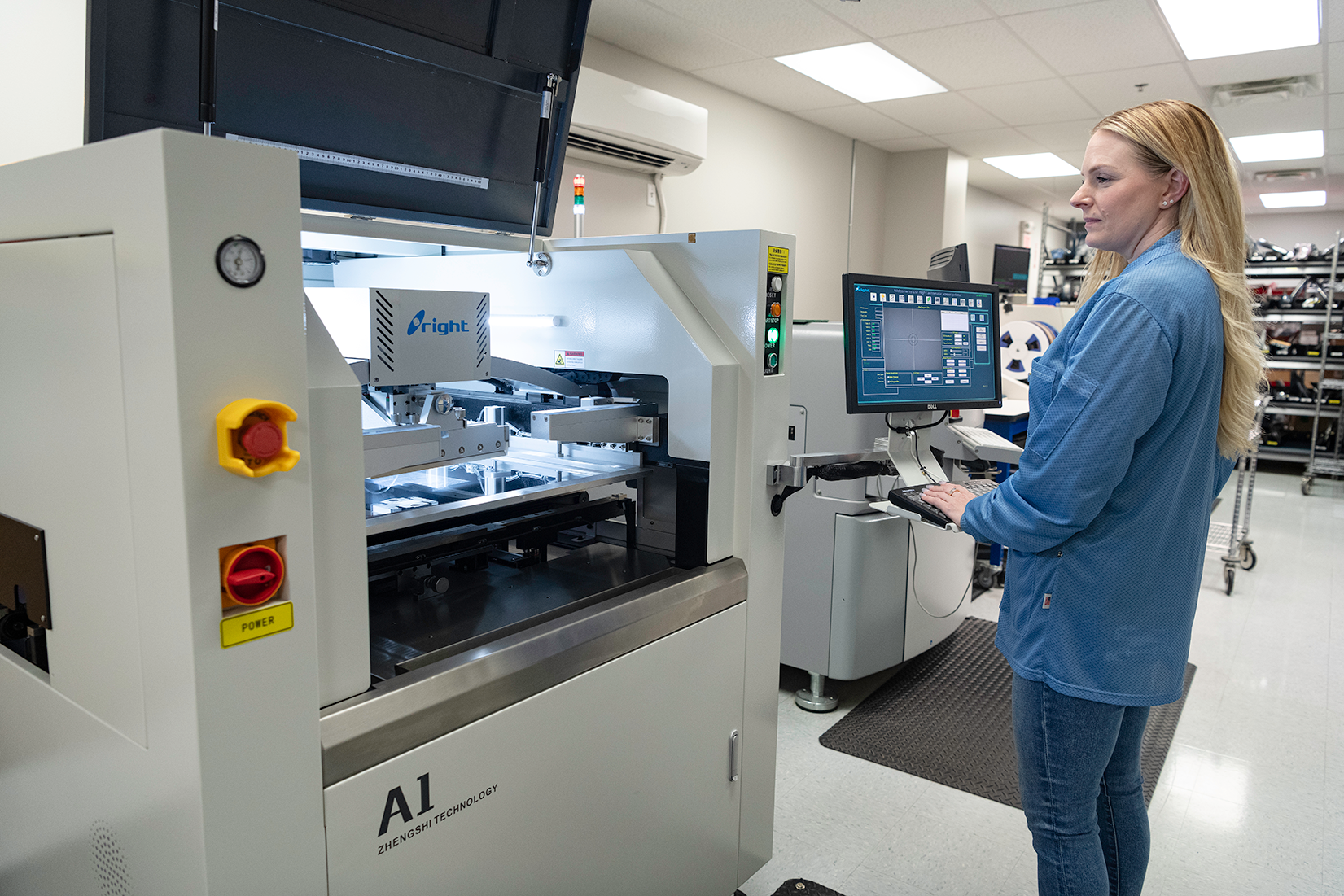
In PCB and flex manufacturing, understanding the difference between process time and cycle time is essential for achieving accurate throughput estimates and realistic production scheduling. Engineers often mix the two, but they measure very different things. In this post, we break down how each applies in real manufacturing environments and how getting them right helps reduce lead times and improve yields.
What’s the Difference Between Process Time and Cycle Time?
Why This Matters:
Process time impacts how long work stays at a single step. Cycle time determines how often finished parts are delivered. When companies confuse them, capacity planning, turnaround, and quoting accuracy suffer. Understanding both creates a clearer manufacturing picture.
The distinction between process time and cycle time is not just a matter of semantics - it is the ability to accurately gauge the time required for product manufacturing and provide reliable manufacturing lead-time. At PICA Manufacturing Solutions we pride ourselves on optimizing every aspect of our manufacturing processes to remain at the forefront of manufacturing efficiency. This article will elucidate the distinct differences between Process Time and Cycle Time, providing clear definitions, practical examples, and the tools necessary to capture these measurements effectively.
Process Time Explained (Definition, Examples, Formula)
Process Time: The Focus on the Operator
Definition: Process Time refers to the duration during which a product is actively being worked on by an operator.
Explanation: To ascertain Process Time, we employ tools such as stopwatches or video cameras to monitor a single unit as it undergoes the entire process at the hands of an operator. Notably, in environments that require analytical work, Process Time encompasses both 'think time' and 'touch time.'
Tools: A crucial tool for gathering and examining Process Time data is the Time Observation Worksheet. Systems2win templates provide various options for these worksheets, tailored to suit different kinds of processes and observations.
Formula: The formula to compute Process Time is given by:
Process Time=Manual Work+Walking+Waiting
Note: It's important to note that Machine Time does not fall under Process Time. If an operator is idle, awaiting machine completion, this is categorized as 'Wait time,' which is included in Process Time. Essentially, Process Time is all about the activities and engagement of the operator.
The PICA Way delivers engineering expertise, collaboration, and tailored solutions to ensure your success. Partner with a team committed to quality and innovation
How Cycle Time Affects Throughput and Cost
Cycle Time: The Measure of Output Frequency
Definition: Cycle Time represents the average interval between the completion of successive units as they exit the production process.
Explanation: For example, if motors are assembled at a rate of 120 per hour, the Cycle Time would be 30 seconds per unit.
Tools & Formulas for Measuring Process Time and Cycle Time
Tools: Different templates can be employed to measure Cycle Time:
• Functional Flowchart: Utilize the Cross Functional Flowchart template.
• Value Stream Map: Apply the Value Stream Mapping template.
• Standard Work Combination Sheet: This is used for Standard Work Analysis when there are multiple operators.
Formulas: The approximation of Cycle Time in various contexts is as follows:
1. In a functional flowchart, Cycle Time is approximated by dividing Process Time by the number of workers.
2. In a value stream map, Cycle Time is calculated as Time per Cycle divided by Quantity per Cycle. Alternatively, if these fields are not specified, Cycle Time equals Process Time divided by the number of workers. There is also the provision to manually adjust Cycle Time for each process.
3. In a standard work combination sheet, Cycle Time is determined by the operator with the longest Processing Time.
Conclusion & Engineering Support
PICA Manufacturing Solutions doesn't just use these metrics as checkpoints; they are integral to our continuous improvement philosophy. By distinguishing and measuring Process Time and Cycle Time, we're able to identify areas for enhancement, drive down costs, and provide better products to our customers.
If you want help analyzing throughput, takt time, or cycle time for your flex or rigid-flex builds, our engineering team can walk through your requirements.
